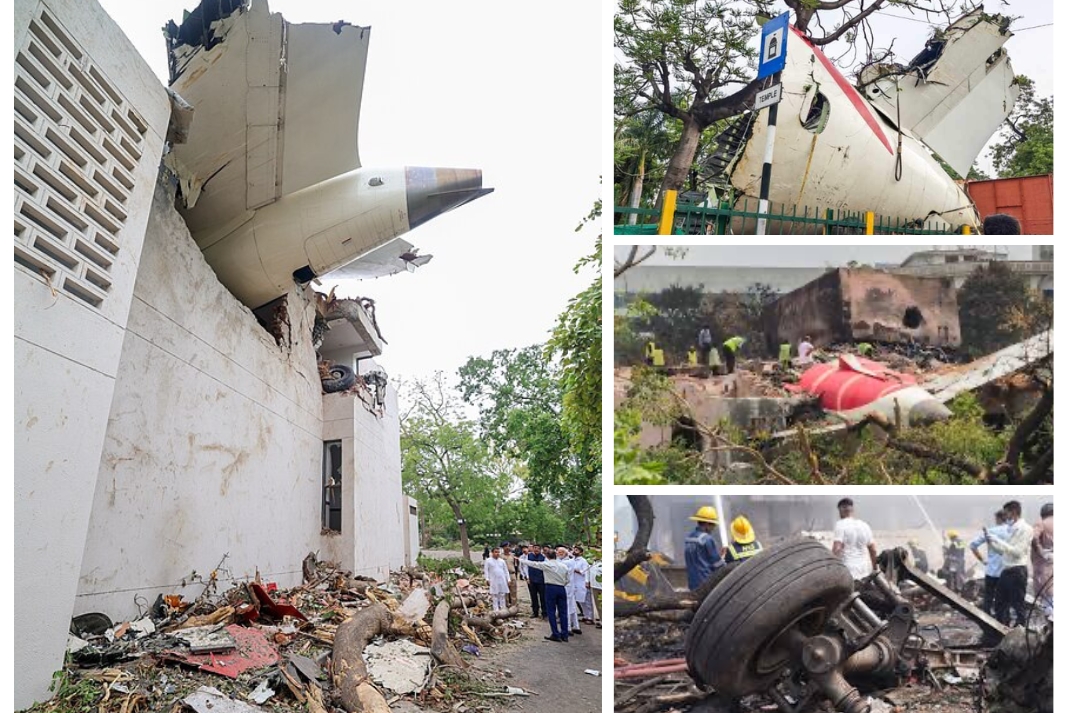Interim Report Sheds Light on Tragic Air India Flight 171 Crash

Air India 171 Crash: Preliminary Report Points to Pilot Error
MUMBAI, July 11, 2025 — India’s Air Accident Investigation Bureau issued an preliminary report on the crash last month of Air India Flight 171, which killed all 12 crew members and 229 passengers, and it claimed 19 lives on the ground. One person on board survived, and 67 bystanders sustained serious injuries. The report identified no major flaws with the plane, and instead highlighted the actions of pilots.
A joint investigation by India’s Aircraft Investigation Board (AIB), the Directorate General of Civil Aviation (DGCA), the U.S. National Transportation Safety Board (NTSB), and the Federal Aviation Administration (FAA) provides critical insights into the accident. The Boeing 787-8, manufactured in 2013, had recorded 41,868 flight hours, was powered by General Electric GEnx engines, and had completed all scheduled maintenance—effectively eliminating mechanical servicing as a contributing factor.
Flight 171, flying to London Gatwick from Ahmedabad, crashed shortly after takeoff. Key findings center on the fuel control switches, which both moved from “run” to “cutoff” within one second, immediately after the aircraft climbed to 400 feet at 180 knots. This shutdown of both engines activated the ram air turbine and the auxiliary power unit (APU). Cockpit voice recordings capture one pilot asking why the switches were off, while the other denies responsibility. Although the crew returned the switches to “run” and the engines began to spool up, the heavy, low-flying aircraft lacked sufficient energy to recover and impacted a medical hotel 0.9 miles from the runway.
The report cites a 2018 FAA Special Airworthiness Information Bulletin (NM1833) addressing potential fuel-switch disengagement in Boeing 737s, which use switches similar to those on the 787. Because no inspections were mandated, Air India conducted none. Experts consider simultaneous mechanical failure of both switches highly improbable, instead pointing to human error. Both pilots—a 56-year-old captain with 15,638 flight hours (8,596 on type) and a 32-year-old first officer with 3,243 flight hours (1,128 on type)—were well-rested and passed breathalyzer tests, eliminating fatigue and intoxication as factors.
During takeoff, the co-pilot controlled the aircraft while the pilot monitored the systems. After the crew moved the engine cutoff switches, thrust restoration failed in one engine, causing the crash. The report highlights that the cutoff switches require a deliberate two-step process to prevent accidental activation, raising questions about the crew’s actions and potential cockpit confusion.
The investigation is ongoing, with additional findings expected in the coming months. Meanwhile, the tragedy’s repercussions are profound.
The post Interim Report Sheds Light on Tragic Air India Flight 171 Crash appeared first on Digpu News.
News